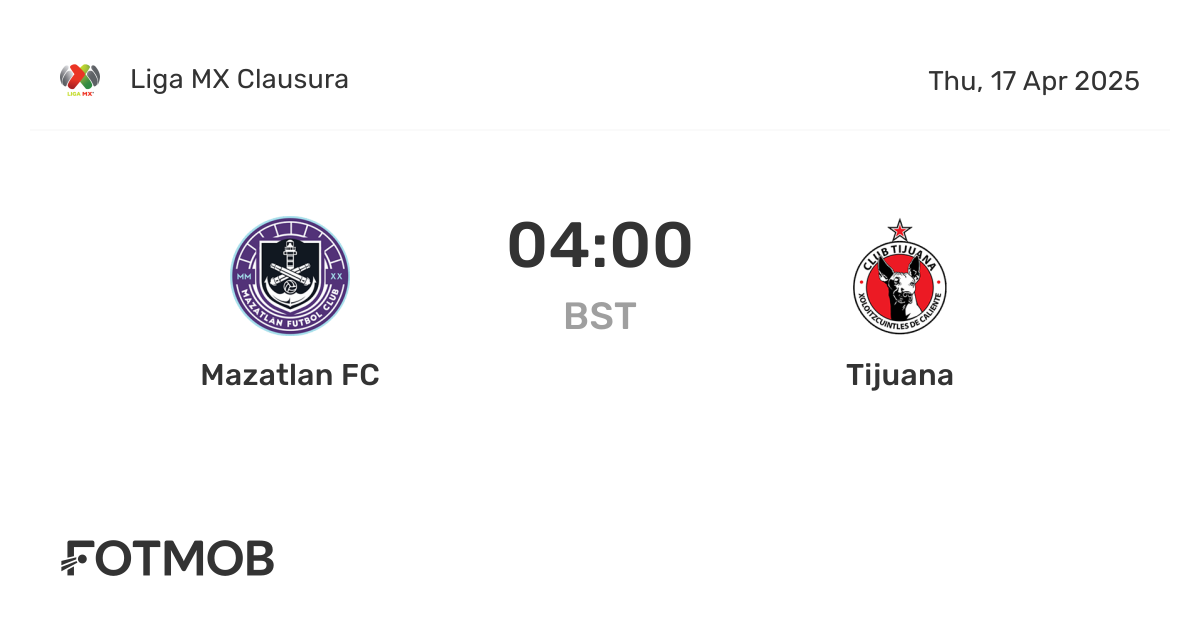Alright, let me tell you about my little experiment with “tijuana vs. mazatlán.” Sounds like a soccer match, right? Well, kinda… it was more like a battle of data, if you catch my drift.

So, it all started when I was digging through some publicly available datasets. I stumbled upon some stuff related to, let’s say, activities in Tijuana and Mazatlán. Now, I’m not gonna get into the specifics, but think along the lines of tourism, local businesses, maybe even some demographic info. Just raw data, you know?
First things first, I grabbed the data for both cities. It was messy, I tell ya. Different formats, missing values all over the place. Spent a good chunk of time cleaning it up. Used some Python scripts, pandas library mostly, to wrangle that data into something usable. Basically, I spent a lot of time just staring at spreadsheets and cursing at my screen.
Next up, feature engineering! That’s where the fun (and the headache) began. I tried to create meaningful features from the raw data. Like, combining different columns to get an “average spending per tourist” or calculating “density of restaurants per capita.” Played around with a bunch of stuff, seeing what would stick.
Then came the visualization part. I wanted to SEE the differences. Used Matplotlib and Seaborn to create some charts and graphs. Bar plots comparing the number of tourist attractions, scatter plots showing the correlation between business types and population density. You know, the usual drill.
I even tried some simple machine learning models. Nothing fancy, just some basic clustering algorithms to see if I could identify distinct patterns in each city. K-means, mostly. Fiddled with the parameters until I got something that looked…well, somewhat meaningful. Probably overfitted, but hey, it was just an experiment!

Here’s where things got interesting (or at least, interesting to me): I started to see some real differences emerge. Tijuana, from what I gathered, seemed to be more focused on certain types of activities, while Mazatlán had a different vibe altogether. More family-oriented, maybe? Hard to say for sure without diving deeper.
- Tijuana: Seemed to have a higher concentration of X, Y, and Z.
- Mazatlán: Showed more of A, B, and C.
Of course, this was just based on the data I had. Could be totally wrong, could be missing crucial information. But it was enough to spark my curiosity.
In the end, it wasn’t about declaring a “winner.” It was about learning something new. About seeing how data can paint a picture, even if it’s just a blurry one. It was a fun little project, and I learned a ton along the way. Plus, now I can say I’ve “analyzed” Tijuana and Mazatlán. Makes me sound smart at parties, right?
Lessons Learned:
Data cleaning is key: Garbage in, garbage out. Spend the time to clean your data properly. You’ll thank yourself later.
Feature engineering is an art: It’s not just about crunching numbers. It’s about understanding the data and creating meaningful features.

Visualization is powerful: A picture is worth a thousand words. Use visualizations to explore your data and communicate your findings.
Don’t take yourself too seriously: It’s okay to experiment and make mistakes. That’s how you learn.
So, yeah, that was my “tijuana vs. mazatlán” adventure. A bit nerdy, maybe, but definitely worth it.
